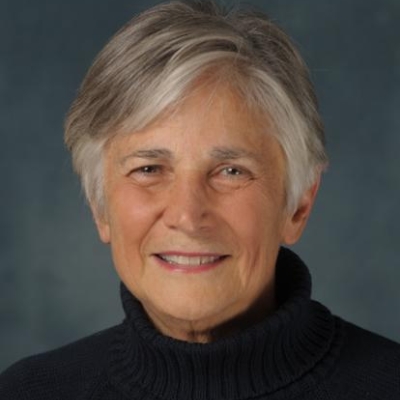The day before the disaster in New York City, The New York Times reported good news about City University of New York. This is a story that deserves to be told, not forgotten.
One of the most polarized debates in New York City in recent years occurred when the trustees of the City University of New York (CUNY) decided two years ago to set minimum standards for entry for freshmen. The very idea that college students should be expected to read, write, and do mathematics unleashed paroxyms of rage: Students demonstrated, professors ranted, and The New York Times printed story after story about how equality of educational opportunity was endangered in the city's public university system.
Readers with a long memory or advanced years will recall that CUNY adopted "open admissions" under extreme pressure in 1969, in response to student demonstrations (actually, students chained themselves to college gates to demand the end of admissions standards and the city quickly capitulated). Every graduate of the New York City public schools was guaranteed admission, regardless of their ability to pass simple (10th grade level) tests of basic skills. With the arrival of large numbers of students who were not prepared for college work, the City College of New York (once known as the Harvard of the proletariat), Brooklyn College, and other senior colleges within the CUNY system, saw their graduation rates plummet and their faculty's energies increasingly devoted to remediation rather than higher education.
Well, the CUNY trustees-courageously led by Herman Badillo-followed through on their promise to end open admissions, and to direct unprepared students to the system's community colleges, and the sky did not fall. In fact, The New York Times reported last week that enrollment was rising in most of the eleven senior colleges of the CUNY system, along with standards. Having sent the weakest students-those who could not pass not-very-demanding tests of reading, writing, and math-to the community colleges, the senior colleges nonetheless saw a jump in enrollment, confounding those who predicted dire and inequitable consequences.
One of the most outspoken critics, a professor of psychology at City College, continued to warn that the new policy might be excluding immigrants, Latinos and other students who had not mastered English, although no figures are available for the new students' demography. And then, too, one must wonder what benefit students who are unable to read and write English will get from higher education that is conducted entirely in English.
In time, we will know more about the racial and ethnic composition of those admitted to CUNY, but in the meanwhile we can all be reassured to know that the act of setting admission standards has produced a larger student body and a better prepared student body. This is surely good news for both faculty and students at the City University.
"Enrollment and Standards Rise at CUNY," by Karen Arenson, The New York Times, September 10, 2001, (An abstract is free; the full text of the article must be purchased.)
